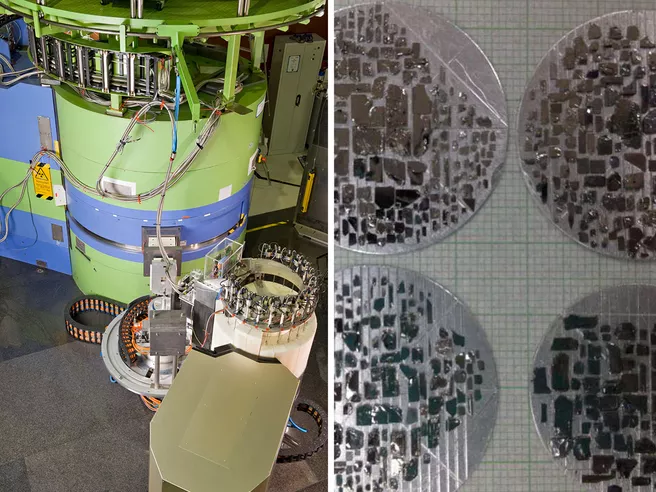Since the discovery of high temperature superconductivity, researchers have tried to find out why these materials already become superconducting at comparatively high temperatures. Neutron scattering experiments at PANDA of the outstation of the Jülich Centre for Neutron Science (JCNS) at the Heinz Maier-Leibnitz Zentrum as well as at the NIST Center for Neutron Research (NCNR) in Gaithersburg, Maryland, USA, suggest a need to rethink the role of magnetic fluctuations in the formation of this phenomenon. This kind of magnetic excitation occurs in all unconventional superconductors close to the transition temperature. Two models are being considered as possible causes; the outcome of the international team’s experiments are in good agreement with one of them. Source: A. Wenzik / JCNS
Original publication:
Yu Song, John Van Dyke, I. K. Lum, B. D. White, Sooyoung Jang, Duygu Yazici, L. Shu, A. Schneidewind, Petr Čermák, Y. Qiu, M. B. Maple, Dirk K. Morr & Pengcheng Dai
Robust upward dispersion of the neutron spin resonance in the heavy fermion superconductor Ce1−xYbxCoIn5.
Nat. Commun. 7:12774 doi: 10.1038/ncomms12774 (2016).
Article at Phys.org:
Neutron-scattering experiments explore origins of high-temp superconductivity, D. Ruth, 30.9.2016
